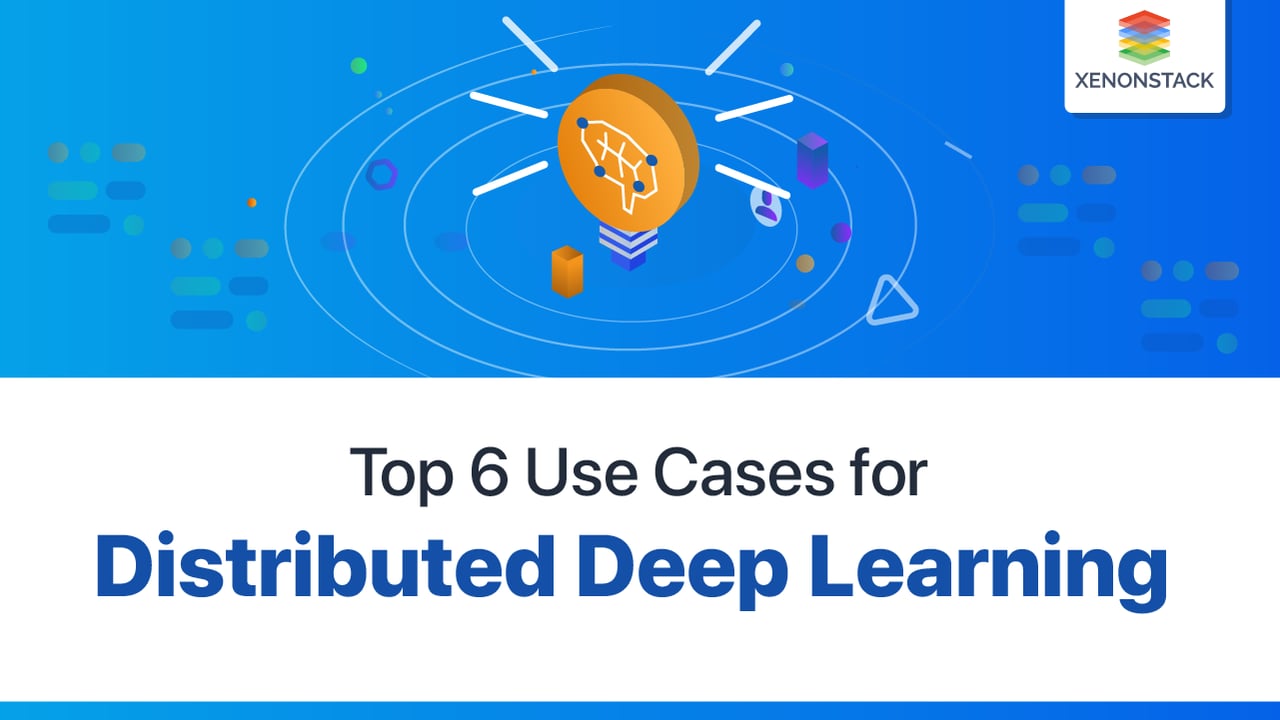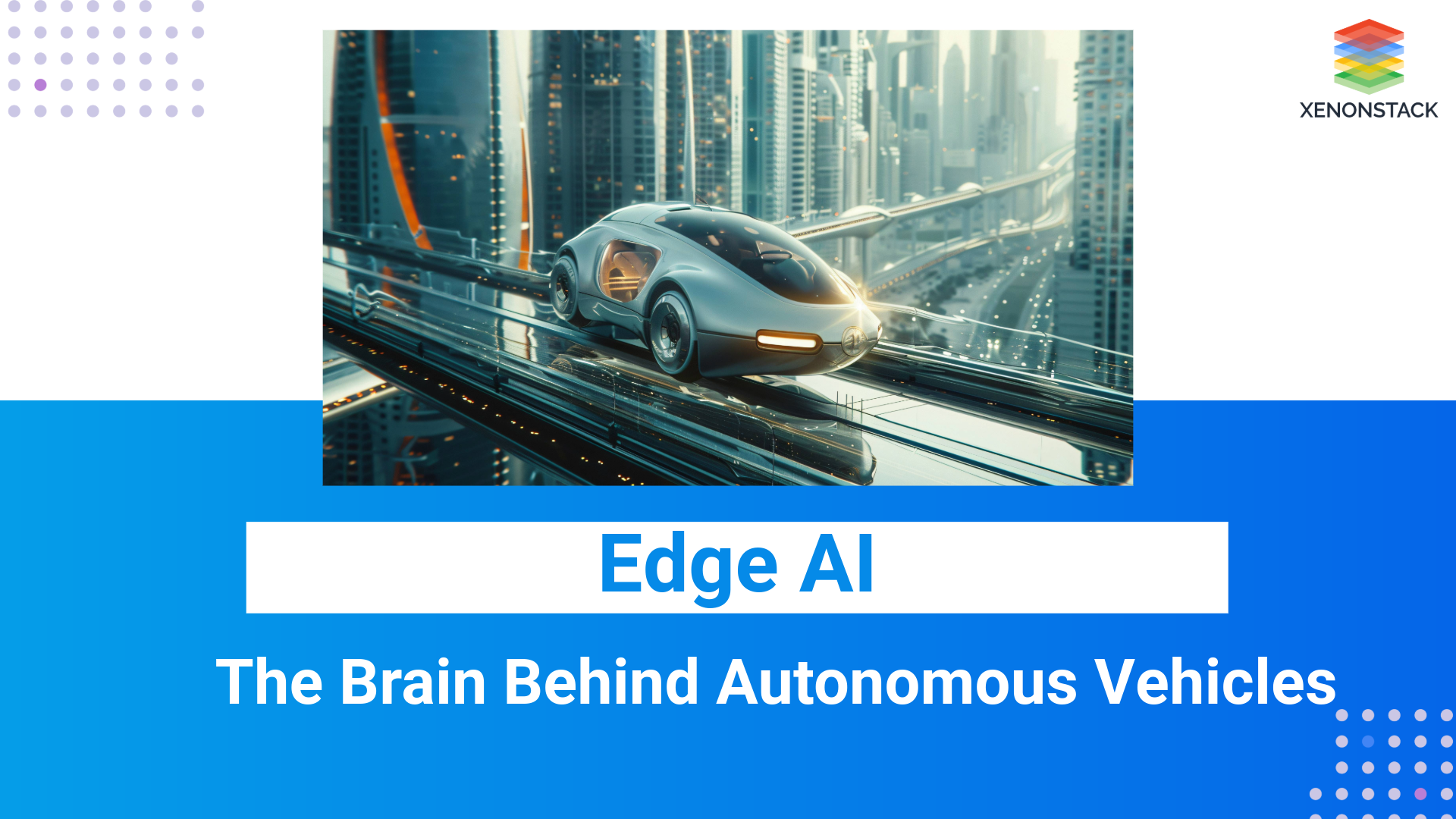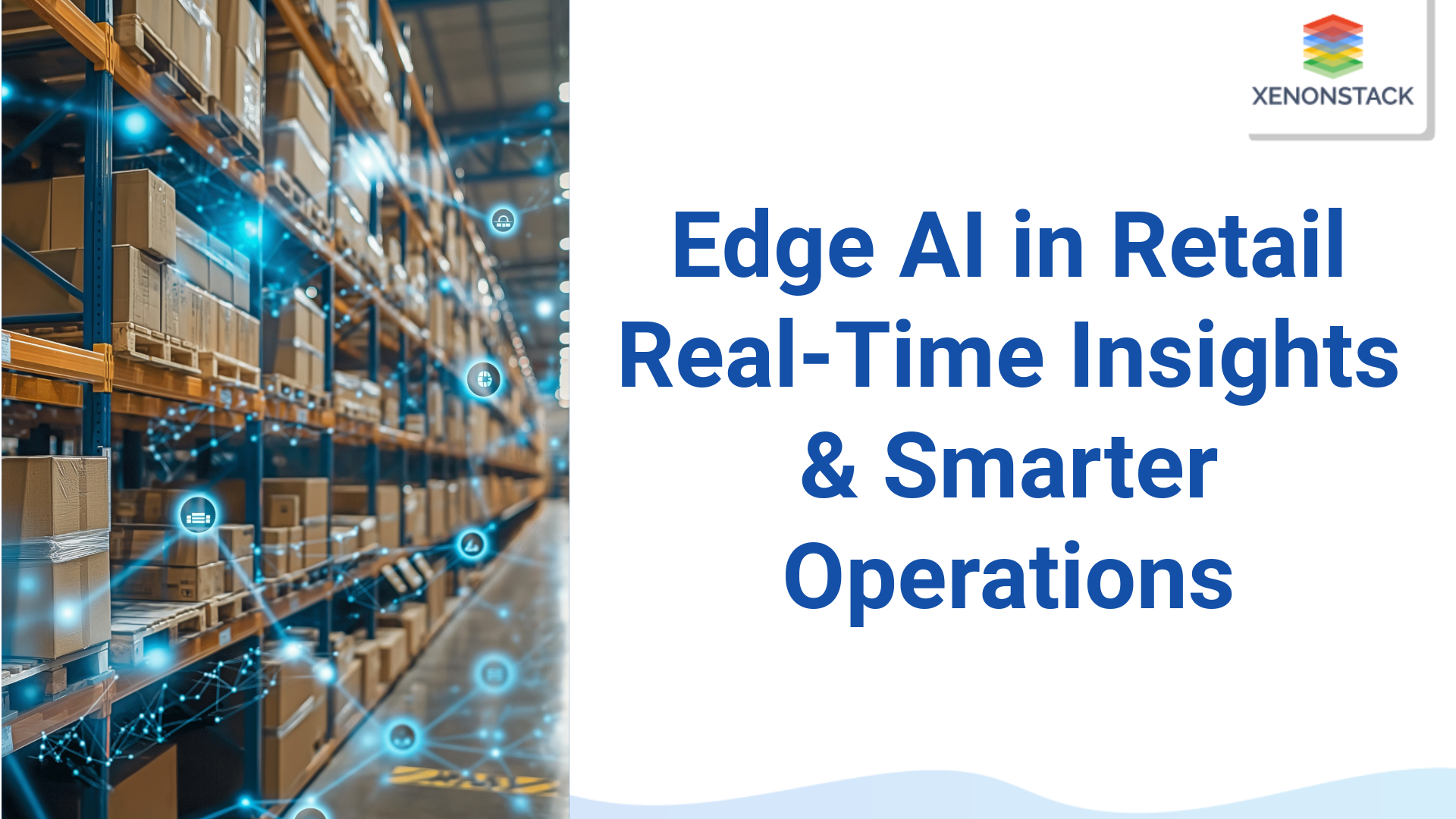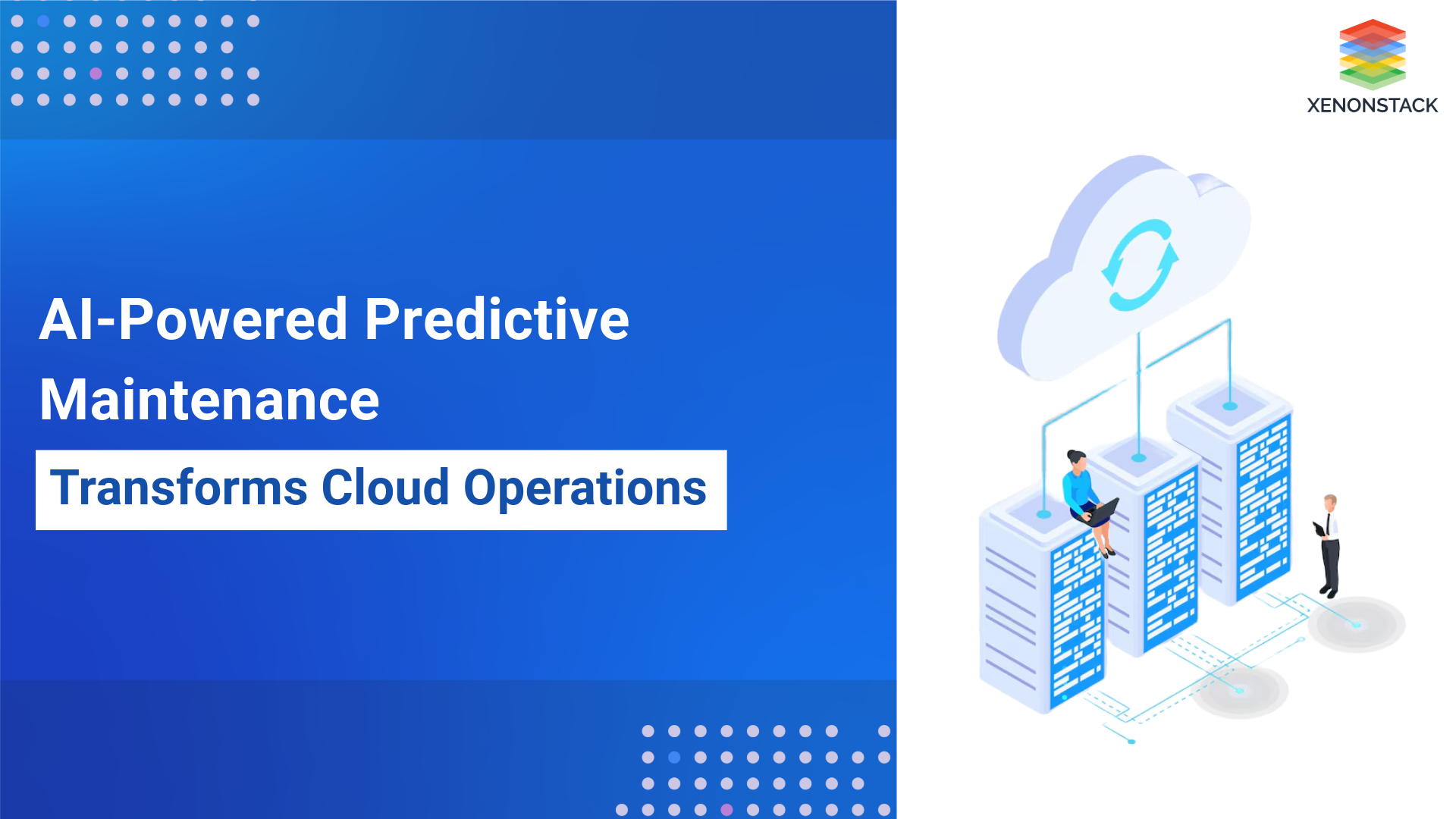
What is Distributed Deep Learning?
Distributed Deep Learning is a subset of machine learning that involves training deep neural networks across multiple machines in parallel. Deep neural networks are trained simultaneously across numerous devices in distributed deep learning, a form of machine learning. Training a neural network using a single computer in deep classical learning can be laborious and computationally demanding. Training periods may be drastically shortened by dividing the job among several computers, allowing for quick experimentation and model development.
Due to the rise of big data and the necessity to analyze massive volumes of data fast, distributed deep learning has grown in popularity in recent years. Cloud platforms like Amazon Web Services, Microsoft Azure, and Google Cloud Platform offer distributed deep learning services, allowing academics and data scientists to use distributed computing for their deep learning workloads.
A mechanism to build a Multi-ML parallel pipeline system to examine different ML methods' outcomes. Taken From Article, Machine Learning Pipeline Deployment and Architecture
Why do we need Distributed Deep Learning?
Deep learning models are efficiently and successfully trained on big datasets using distributed deep learning. We require distributed deep learning for the following reasons:
Huge Datasets
Deep learning model training on massive datasets can be time- and resource-intensive due to the exponential expansion of data. We can use several computers to quickly train models on massive datasets thanks to distributed deep learning.
Large Models
Deep learning models are getting more complicated and need more computation and parameters. The training time can be shortened, and bigger models can be trained by distributing the work over several computers.
Scalability
With distributed deep learning, the training process may be scaled to handle more extensive datasets and models. More computers can be added to the distributed system to increase scalability and enable quicker training cycles.
Resource Utilization
By spreading the work across several computers, we may use the already available resources and reach a higher level of parallelism, resulting in shorter training durations and less resource usage.
Flexibility
Distributed deep learning allows you to select the best hardware and software setup for your training activity. Distributed training is supported by various deep learning frameworks, including TensorFlow, PyTorch, and MXNet, allowing users to pick the one that best suits their needs.
A part of Artificial Intelligence (AI) that give power to the systems to automatically determine and boost from experience without being particularly programmed. Taken From Article, Machine Learning Model Testing Training
What are the benefits of Distributed Deep Learning?
Large models with complicated architectures are now possible because distributed machine learning provides a framework for training and deploying machine learning models. Several advantages of Distributed Deep Learning include:
Reduced Training Time
Training periods may be significantly shortened by splitting the workload across numerous computers, allowing researchers and data scientists to iterate and test models more quickly.
Increased Scalability
Distributed deep learning is increasingly necessary as neural networks and datasets grow. Deep learning models may scale more effectively and handle more datasets by expanding the cluster's number of computers.
Enhanced Model Accuracy
Greater input diversity and complexity can help the model, resulting in higher generalization and enhanced model accuracy when additional machines are used in the training process.
Cost Savings
Businesses may cut the cost of deep learning model training by utilizing the power of the cloud. Cloud service providers provide affordable distributed deep learning services and let businesses employ the resources they require when they require them.
Increased Fault Tolerance
Distributed deep learning frameworks may be fault-tolerant so that training can still occur even if one or more computers malfunction. This can lower the chance of data loss and increase the system's dependability.
Distributed Deep Learning Vs. Traditional Deep Learning
Distributed Deep Learning has its contrasts with Traditional Deep Learning in many ways:
- Scale: Distributed Deep learning techniques are made to handle enormous datasets and models that can't be learned on a single system. On the other hand, traditional deep learning methods are constrained by a single computer's memory and computing power.
- Speed: Unlike traditional deep learning, distributed deep learning can train models more quickly. Distributed deep learning may drastically cut training time by dividing tasks across several computers.
- Accuracy: Distributed deep learning frequently outperforms classical deep learning in accuracy. Distributed deep learning may capture more detailed correlations in the data and increase accuracy by training on larger datasets and utilizing more complicated models.
- Complexity: Distributed deep learning is more complicated than regular deep learning in terms of complexity. In addition to the infrastructure needed to support the training process, it necessitates specialized knowledge and competence in distributed systems.
- Cost: Distributed deep learning may be more expensive than classical deep learning. A distributed training infrastructure may be expensive to set up and maintain, especially for small businesses.
A collection of practices for communication and collaboration between operations professionals and data scientists. Taken From Article, MLOps Services Tools and Comparison
Distributed Deep Learning Training
- Model Parallelism and Data Parallelism: As was already noted, data parallelism includes dividing the data across several processors and training a copy of the model on each machine's data share. The averaged gradients across all machines, then adjust the weights. Model parallelism, on the other hand, entails dividing the model over many computers, with each machine training a specific section of the model. This method is helpful for huge models whose parameters are too vast to fit in a single machine's memory.
- Centralized and Decentralized Training: Centralized training versus decentralized training coordinates the learning process across several computers using a single machine or a centralized server. Decentralized training, in contrast, entails numerous machines working together to train the model devoid of a centralized server. Decentralized training can scale more effectively, be more fault-tolerant, and add more complexity.
- Synchronous and Asynchronous Updates: Updates can be made synchronously or asynchronously. Synchronous updates wait for the computation of the slowest computer to complete before going on to the next iteration, guaranteeing consistency of updates across all machines. On the other hand, asynchronous updates let each computer change its model parameters without waiting for other machines to finish. Asynchronous updates have the potential to increase scalability and decrease communication costs, but they can also cause problems with convergence and consistency.
The process of sorting and designating the terms related to index without any interference of human individual. Taken From Article, Auto Indexing with Machine Learning Databases
Use Cases of Distributed Deep Learning
Distributed computing has many use cases across different industries and applications, including in the following areas:
Image Recognition
Distributed deep learning can classify images by breaking down the training process into smaller tasks that can be distributed across numerous processors. This method trains deep learning models on massive picture datasets quickly and effectively.
By distributing the work involved in deep learning model training among massive datasets of pictures, distributed deep learning dramatically improves accuracy and performance. With distributed deep learning, the work is split among several processors, which shortens training time and makes it possible to build more intricate models. This enables researchers and developers to experiment with increasingly complex structures, improving efficiency and precision.
Moreover, distributed deep learning may drastically reduce the time needed to train models. Even with a powerful GPU, training a deep learning model on a vast dataset can take a long time. The training period can be shortened by dividing the computation amongst several computers, allowing quicker experimentation and progress.
In the healthcare sector, distributed deep learning is used to identify and diagnose illnesses based on medical pictures, an example of image classification. For example, Stanford University researchers classified skin cancer using photos of moles and lesions using distributed deep learning, attaining high accuracy rates comparable to those of skilled doctors. In a different instance, researchers at the National Institutes of Health classified breast cancer using mammography pictures using distributed deep learning, reaching high accuracy rates that can aid with early diagnosis and treatment results. These instances show how distributed deep learning has the power to revolutionize the healthcare sector by facilitating quicker and more precise illness detection.
Object Detection and Recognition
Distributed deep learning includes training models to learn how to identify and categorize objects in photos or videos. Convolutional neural networks (CNNs) trained on big datasets of labeled pictures are often used. It can be computationally expensive to train these models on large datasets. Hence distributed deep-learning approaches are needed to accelerate the training process. It is feasible to train more sophisticated models with improved accuracy by splitting the task over numerous processors, improving item identification and recognition in real-world environments. Additionally, distributed deep learning can shorten the training period for these models, allowing developers and researchers to test various architectures.
In autonomous driving, distributed deep learning is employed for object detection and recognition to recognize and locate things on the road. For instance, researchers at NVIDIA trained a CNN to recognize and categorize objects in real-time video feeds from cameras installed on autonomous cars using distributed deep learning, obtaining high accuracy rates that might enhance the dependability and safety of these vehicles. In another instance, researchers at Toyota employed distributed deep learning to train a CNN to spot and identify pedestrians in video feeds from dash cams, obtaining high accuracy rates that can lower accidents and enhance the driving experience.
Natural Language Processing
Another widespread use of distributed deep learning is Natural Language Processing (NLP), which involves processing and deriving insights from vast volumes of text data. Given that the enormous datasets necessary for NLP may be divided and taught in parallel over many GPUs or even several computers, distributed deep learning makes it possible to train NLP models more effectively and quickly. Distributed deep learning approaches make it possible to train NLP models much more quickly than with standard deep learning techniques, accelerating time-to-market and deployment for NLP applications.
Several cases of distributed deep learning are being used to create NLP, including chatbots and virtual assistants that need to interpret and produce natural language. NLP models have been used by businesses like Google and Amazon to operate their voice assistants, Google Assistant and Alexa. NLP is also used in sentiment analysis, which examines massive volumes of social media data to determine how consumers feel about certain goods and services. Additionally, deep learning models are utilized in automatic translation services like Google Translate to translate text between languages.
LLMs may be effectively trained on substantial volumes of text input using distributed deep learning. Large-scale learning models (LLMs) are frequently trained on vast volumes of data, which might be difficult to analyze on a single system. Distributed deep learning can shorten training times and enable the training of bigger models by dividing the training process across numerous computers.
Distributed deep learning has the potential to improve the efficiency and precision of LLMs dramatically. LLMs can produce more human-like content and perform better in NLP tasks by training on more data and utilizing larger models. Distributed deep learning can also speed up LLM experimentation and development, resulting in more rapid NLP innovation.
The ability of machines to understand and interpret human language the way it is written or spoken. Taken From Article, Natural Language Processing Applications
Speech Recognition
Distributed deep learning is voice recognition, in which neural networks are taught to understand speech and translate it into text. Due to distributed deep learning's ability to parallelize the training process over many computers or GPUs, voice recognition models can be trained more quickly and effectively. A shorter time-to-market for voice recognition applications is achieved by breaking the training data into smaller chunks and processing it in parallel. Additionally, distributed deep learning enables more sophisticated neural network designs to be trained on more extensive datasets, which can increase the precision of voice recognition models.
Speech recognition has numerous applications in healthcare, finance, and customer service industries. Speech recognition can be used in healthcare to transcribe doctor-patient conversations, enabling more accurate and effective patient data recording. Speech recognition may be used in the financial industry to automatically transcribe earnings calls or financial reports, giving investors real-time information. Customer support also uses speech recognition to fuel voice-enabled chatbots or virtual assistants that let customers communicate with enterprises using natural language. Alexa, Google Assistant, and Siri are voice assistants created by companies like Amazon, Google, and Apple that use speech recognition to comprehend and respond to user requests.
Distributed Deep Learning in Health Care
Distributed deep learning rapidly advances the healthcare industry, enabling researchers to progress significantly in various healthcare applications. Medical image analysis is one required field where distributed deep learning substantially influences. Medical personnel may swiftly and reliably identify and treat illnesses by analyzing enormous collections of medical images such as X-rays, MRIs, and CT scans using deep learning algorithms. By utilizing the processing capacity of several computers or devices, distributed deep learning enables the real-time analysis of massive amounts of data by the medical industry. The advantages of this strategy are apparent, enabling medical practitioners to provide more precise diagnoses, create individualized treatment programs, and enhance patient outcomes.
Drug development is another field where distributed deep learning is advancing significantly. Testing hundreds of compounds before settling on a promising candidate is a common and time-consuming step in developing new medications. Researchers can quickly identify novel compounds by utilizing distributed deep learning algorithms to analyze massive amounts of data from chemical and biological experiments and anticipate the attributes of new molecules. For uncommon and orphan diseases, where there may be little data available for analysis, this strategy can also aid in identifying prospective medication candidates. Researchers are significantly advancing in creating novel cures and treatments that may save lives using distributed deep learning.
Distributed Deep Learning in Finance
The financial services industry rapidly uses distributed deep learning for operations, including trading, risk analysis, and fraud detection. Distributed deep learning algorithms can find patterns and anomalies that conventional approaches would overlook by utilizing the capability of several machines to examine enormous volumes of data in parallel. This leads to better risk management and more accurate projections, which boosts financial success.
Fraud detection is one use of distributed deep learning in finance. Banks and other financial organizations use machine learning algorithms to analyze enormous volumes of transactional data and spot possible fraud. These organizations can quickly scan a lot of data using distributed deep learning to spot fraudulent transactions and respond appropriately. Distributed deep learning is also utilized in trading, which may lower risk and aid in identifying successful trading opportunities. Distributed deep learning algorithms can assist traders in making more educated decisions and generating greater returns by analyzing enormous volumes of data, including historical data and market patterns.
Conclusion
Distributed deep learning has opened new avenues for solving complex problems in machine learning and artificial intelligence. By leveraging the power of distributed computing, it has become possible to train models on massive datasets that were previously impossible to handle with traditional deep-learning techniques. This has led to significant advances in various fields, from computer vision and natural language processing to healthcare and finance.
- Explore what is Machine Learning (ML) in Security?
- Read here about MLOps Platform


